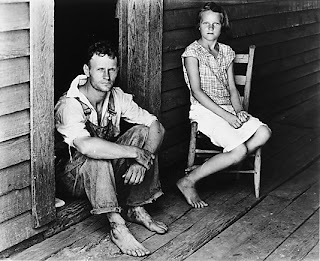This whole episode was so awesome! My mind was blown and when the episode was over it all made so much sense but was still amazing. I loved this part in particular where he is answering all of her questions but he is in 1969 and she is in the present. Also, the very end scene where she could finally let go of this confusing thing that had happened to her one year earlier, her friend had died and so had this boy she met. She couldn't let it go and then when she finally addressed Dr. Who in her present (his future) she finally understood and could move on with her life. She then holds that guys hand and can move on from this terrifying and puzzling thing that has happened. This reminds me of the ying and yang we were talking about in class. That once she addressed this dark creative thing, once she spoke to Dr. Who, she could let go and move on and be a better person for it. Overall, this episode was awesome. I want to watch more.
Another very interesting thing that this episode did for me....it made even a simple normal thing that I see every day absolutely terrifying. The statues in this episode are absolutely brilliant and so creepy. He took something that seems safe and makes it horrifying. Something that is all around us that we normally trust. This also reminded me of the sherlock holmes episode we watched about the taxi cab driver who was really a murderer. The people and things that we trust are the things that can become the most scary.







